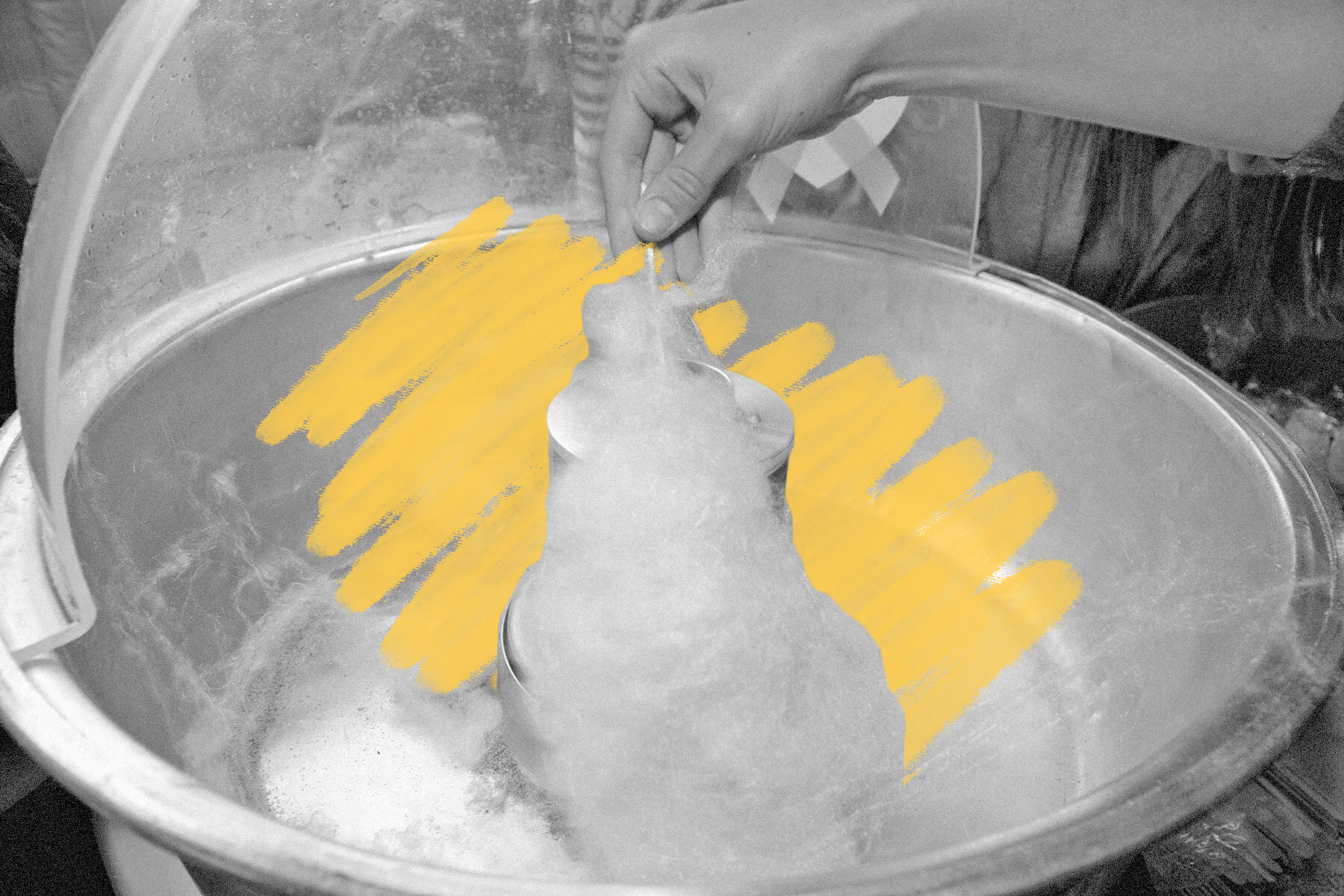Cotton candy was invented by a dentist.
Cotton candy consists of just two simple ingredients: air and sugar. The supersweet indulgence seems like the last thing a dental health professional would promote, but it was invented by a dentist from Tennessee in 1897.
Born in Nashville in 1860, William James Morrison was quite successful by his early 30s, having graduated from dental school and been made president of the Tennessee State Dental Association in 1894. As accomplished as he was in his professional life, Morrison also racked up a number of impressive inventions: He patented a device to extract oils from cottonseed and turn them into a lard substitute, as well as a process that chemically purified Nashville’s drinking water. In 1897, Morrison turned to John C. Wharton, a local candymaker, for his next invention. Together, they worked on building what they called the “electric candy machine,” a device that melted sugar, then used air to force it through a mesh screen and into a spinning chamber. The result was the cloudlike confection we now know as cotton candy — then called, appropriately whimsically, “Fairy Floss.”
Morrison and Wharton introduced their invention at the 1904 St. Louis World’s Fair. They sold the Fairy Floss in small boxes for 25 cents each — half the price of admission. Despite its high price tag, Fairy Floss was a hit, selling 68,655 boxes and grossing $17,163.75 (that’s over $500,000 today) during the fair’s seven-month run. In the 1920s, Fairy Floss got its more commonly known current name when a man named Josef Lascaux started dabbling in his own confectionery. He called the treat “cotton candy,” and he sold it from his — believe it or not — Louisiana dentist office.







